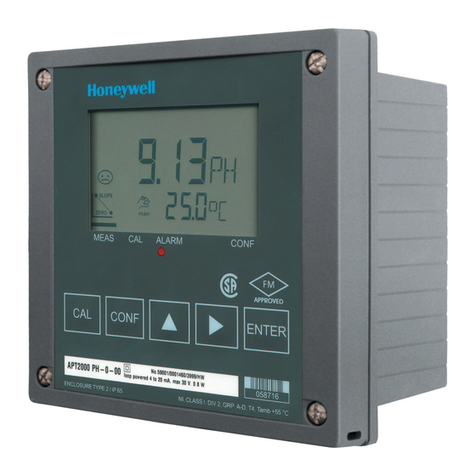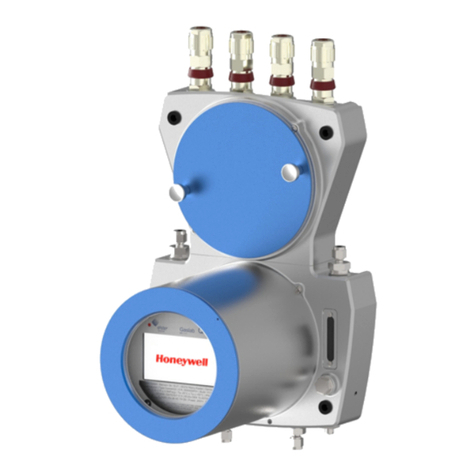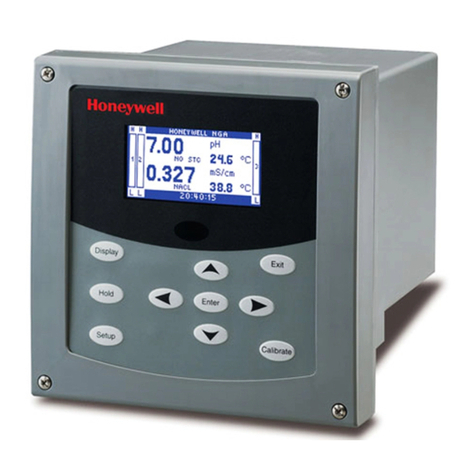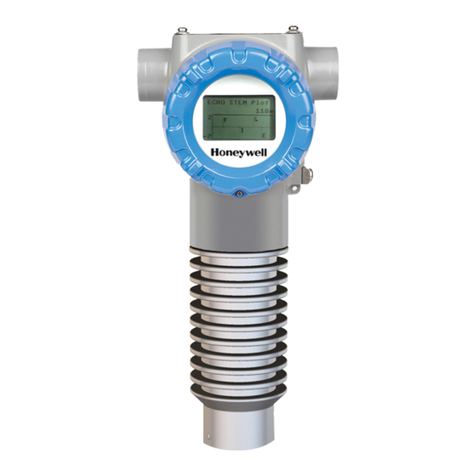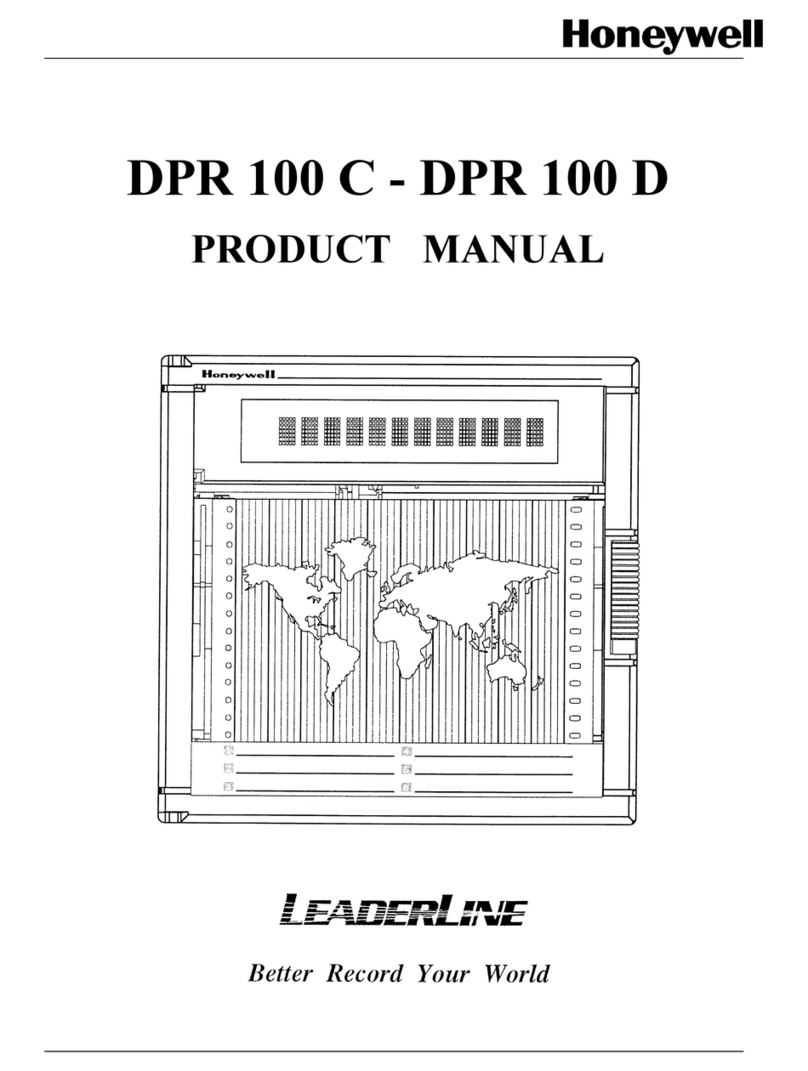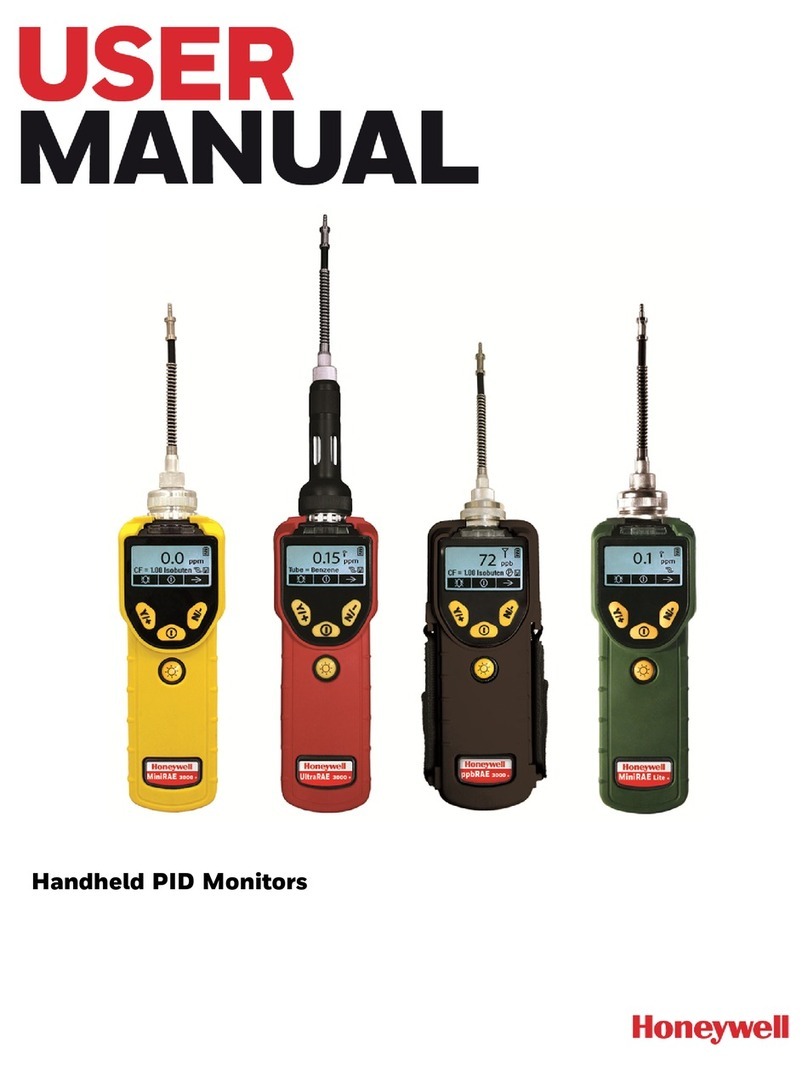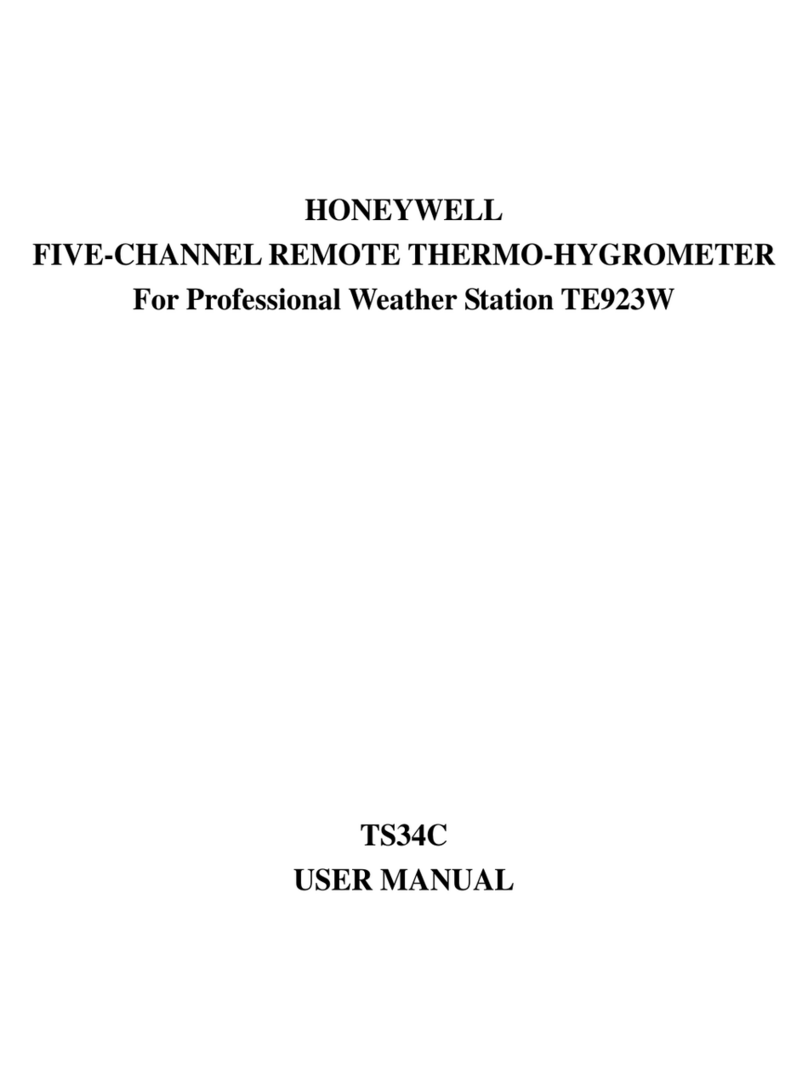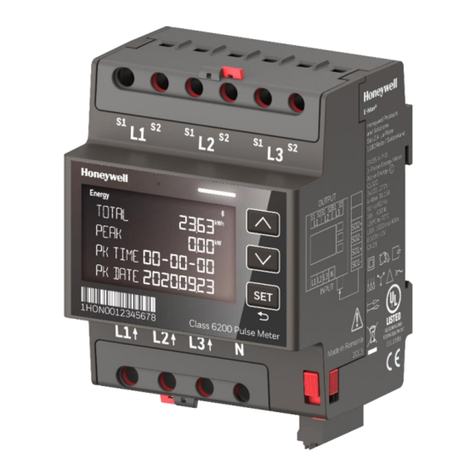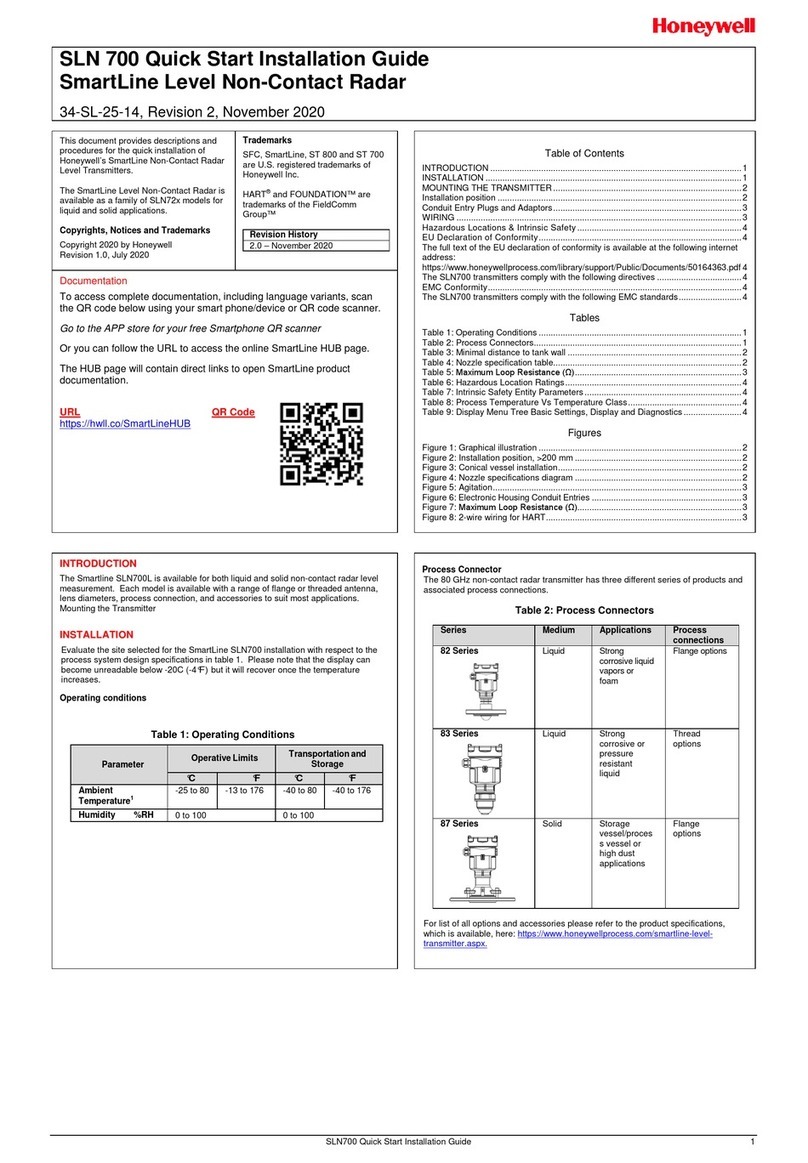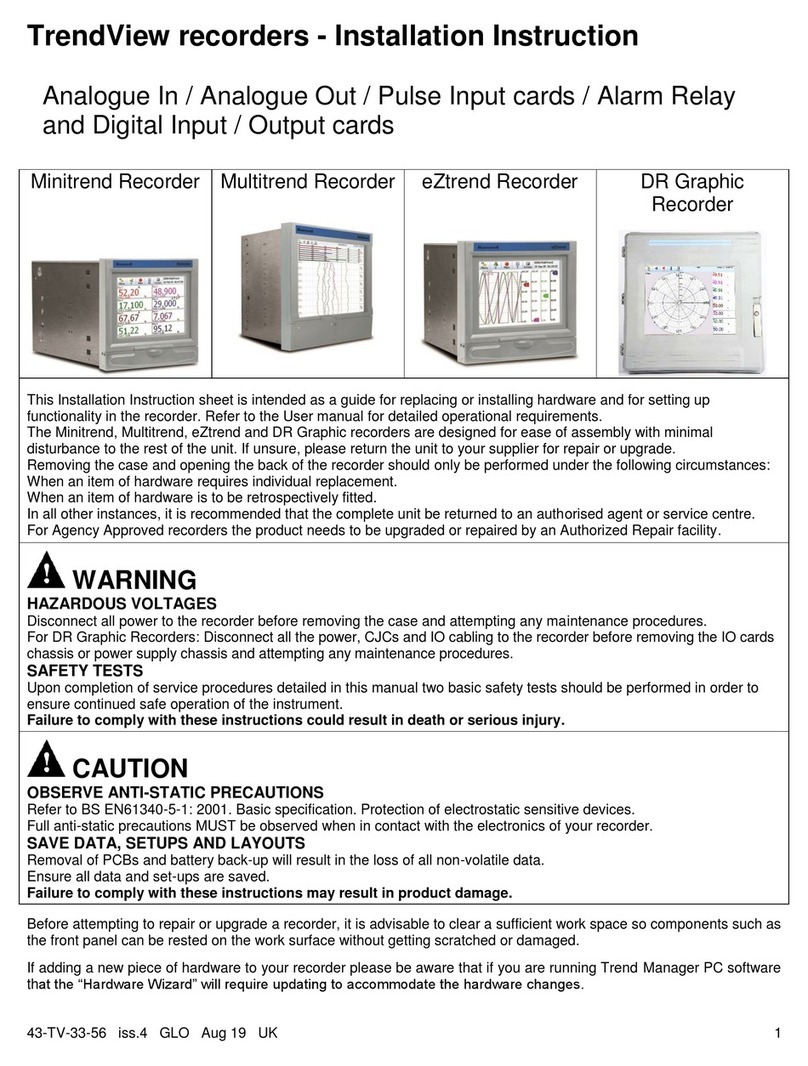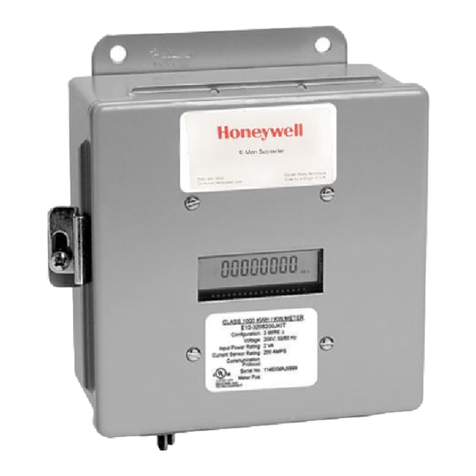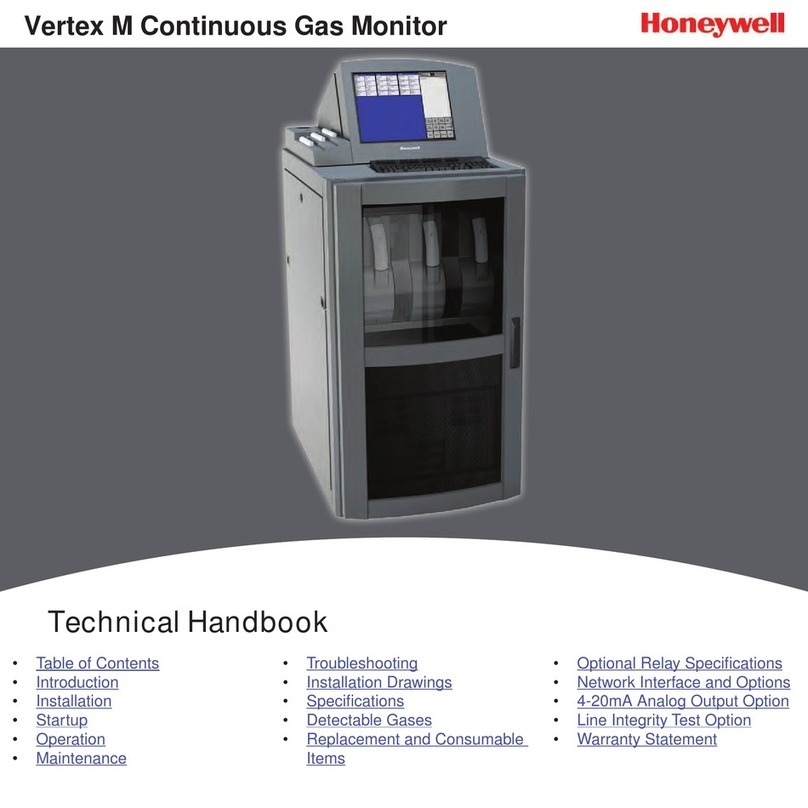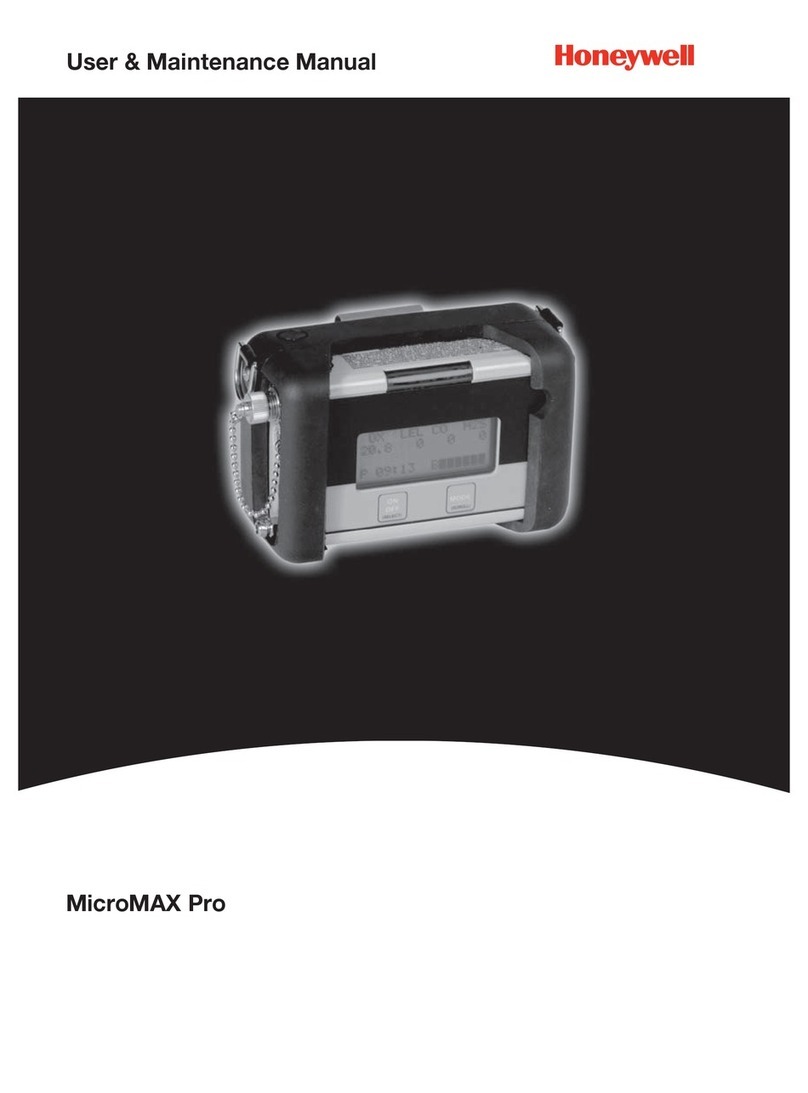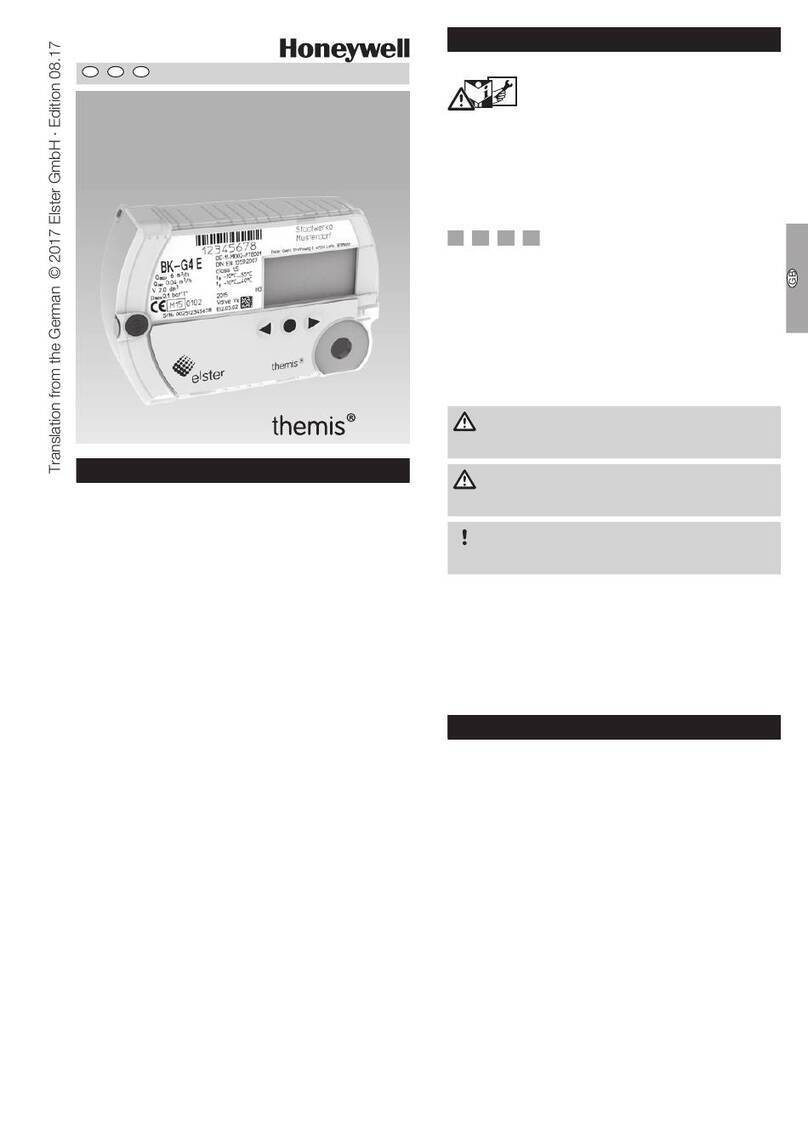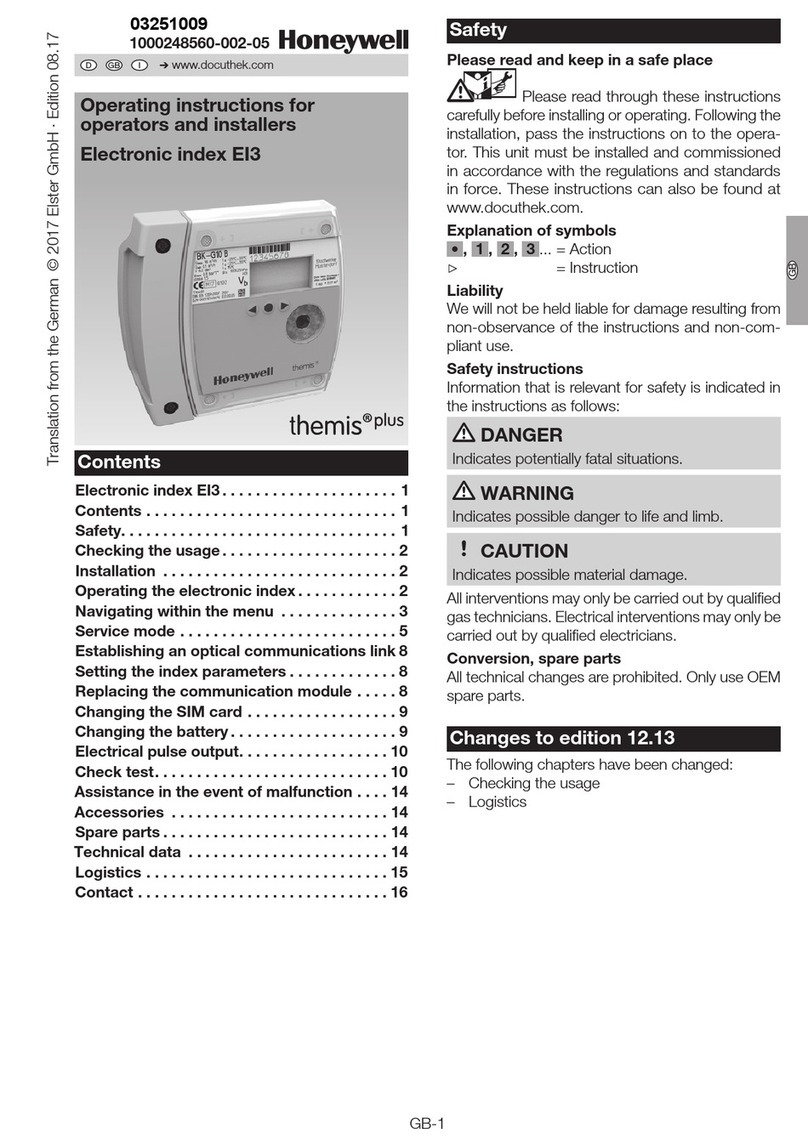1 Information
Please read this entire guide before installing the Touchpoint
Plus, as it contains information that is essential for your safety
and for the correct operation of the Touchpoint Plus.
1.1 Safety
Incorrect setup, maintenance, operation or modification of the
Touchpoint Plus gas detection system or its installation may
constitute a serious hazard to the health and safety of
personnel and their environment. It is therefore imperative that
the contents of this chapter are thoroughly understood by
everyone who has access to the gas and fire detection system
or its associated equipment.
1.2 Conditions of Use
This Touchpoint Plus equipment should only be operated
under the following circumstances:
By properly trained personnel.
Under approved conditions.
With due authorisation.
Using approved maintenance and servicing procedures.
1.3 Packaging list
Please check that your package was undamaged, and that you
have received the following:
Touchpoint Plus
Allen Key
Quick start guide (This document)
Please go to www.honeywellanalytics.com to download the
Technical Handbook, which contains full install instructions.
2 General Introduction
The Touchpoint Plus is an entry level (or upgrade) touch-
screen digital controller for light industrial and commercial gas
detection installations.
It has eight inputs, with a further eight inputs available through
an expansion box.
It can handle a wide range of milliamp, millivolt and catalytic
sensors and analogue inputs, and it can control various outputs
such as audible and visible signals and solenoid valves.
The cabinets are constructed from high–impact plastic, are
rated IP65, and have fully-sealed, easy opening access. They
are supplied with a wall mount bracket or can be directly
mounted to any solid vertical surface or rack. Cable entry is via
entry glands on the lower side.
Figure 1 shows the basic layout of the Touchpoint Plus
Controller:
Figure 1. Basic System Layout
3 Installation
3.1 To Mount the Unit Directly to the Wall
Figure 2. Wall Mounting Points
3.1.1 Fixings Required
Screw x 4; corrosion resistant, sized according to the fixing
surface:
Screw Head dia. < 14 mm (12.1 mm recommended)
Screw Body dia. < 7.5 mm (6.15 mm recommended)
Screw Length > 76.2 mm (3 in) (If using concrete anchor,
> 55 mm + anchor depth)
Flat Washer x 4; corrosion resistant, 19.05 mm max. OD, to fit
the screws above.
3.2 To Mount the Unit Using the Optional
Wall Bracket
Figure 3. Wall Mounting Options
Please refer to the wall mount bracket instructions (part
number: TPPLOWMB).
4 Wiring and Connections
4.1 Power Connection
The Touchpoint Plus systems are factory set to operate at a
switchable voltage of 110/220 VAC, on a single phase, 50 to
60 Hz supply. They can also be wired to DC 18 — 32 V.
Every Unit has a typical peak power consumption of less than
105W, and must be directly connected to supplies via a Main
Isolator Switch that leaves protective earth (ground)
permanently connected.
The circuit should incorporate a Residual Current Device or
Residual Current Circuit Breaker (RCD or RCCB).
Touchpoint Plus systems are not certified for connection to
domestic power supplies.
4.2 Expansion Power Module
TPPL has the option to add an expansion unit that has
the same power equipment and modules as the base
unit except that it has no Motherboard or GUI. See
Figure 5 for wiring details.
4.3 AC Power Supply
To confirm or alter the pre-set operating voltage, open the
system front cover, locate the SMPS RS–150–24 transformer
and, if required, change the voltage selector inserting a
screwdriver at the point shown by the Voltage Selector label
below:
Figure 4. Switched Mode Power Supply (SMPS) Connections
Note: Mains Earth (Ground) must only be connected to the
Protective Earth (Ground) rail, and not to the SMPS.
Regional power cable wires are coloured in accordance with
the following code:
Wire Europe Canada USA Asia
Protective Earth
(Ground) Green + Yellow Green Green Green
Isolated Earth
(Ground) — Green Green + Yellow —
Neutral Blue White White Black
Live Brown Red or Black Blue, Red, or
Black Red, Yellow, or
Blue
Table 1. Regional Power Cable Colours
Before making any electrical connections or changes ensure:
The mains supply isolator switch and backup battery
switch are in the Off position.
The system is set up to operate at the correct voltage.
Refer to the User Manual for further information on system
electrical specifications and power requirements.
Note 1: Input voltage of less than 24 VDC will fail to charge the
backup battery, and the battery will discharge over time.
Note 2: Remote sensors may need their own power supplies if
they exceed 15W power consumption.
Figure 5. Mains Power Supplies
4.4 DC Power Supply
It is possible to power the Touchpoint Plus controller directly
from a DC 24V supply without using AC supplies at all.
However, batteries alone will not suffice as they must not drop
below 22 volts.
Note: The system must still be connected to Protective Earth
(Ground) when using an external DC supply.
Figure 6. DC 24 V Input Terminals
4.5 Field Device Cables
Field Device cabling (sensors, lights, solenoids, etc.) should be
appropriate to the zone classification, and in accordance with
the device manufacturer’s recommendations. Refer to local and
national regulations where appropriate, and to the device user
manual.
All sensor field cables must be screened and earthed
(grounded) in order to:
Ensure correct operation of the system
Avoid spurious signals
Meet European Standards for RFI and EMC.
Ensure that the maximum loop resistance is not exceeded, as
specified by the device manufacturer.
Take account of voltage drops due to line resistance to ensure
that the correct voltage level is present at the field device, as
specified by the device manufacturer.
The I/O modules will accept wire sizes to a maximum of 2.5
mm².
4.6 Main Module Connections
The Main Module controls the Touchpoint Plus and its ancillary
components.
Terminal Label Channel Remarks
1 +DC
Power
+18 – 32 V
2 –DC -V Return
3 — Earth / Ground
4 NC
System State
Relay 1
Fig. 9
5 COM Fig. 9
6 NO Fig. 9
7 NC
System State
Relay 2
Fig. 9
8 COM Fig. 9
9 NO Fig. 9
10 NC
System State
Relay 3
Fig. 9
11 COM Fig. 9
12 NO Fig. 9
13 +24 VDC
Visual Output
Fig. 4
14 VIS Fig. 4
15 Unused —
16 A1
External Alarms
Fig. 4
17 A2 Fig. 4
18 F Fig. 4
19 +24 VDC
External Alarm
Power
Fig. 4
20 +24 VDC Fig. 4
21 +24 VDC Fig. 4
22 3.3 V
Remote
COM/Reset/Inhibit
Fig. 10
23 R1 Fig. 10
24 R2 Fig. 10
25 CAN_H
CAN
Expansion Unit
Connection
26 CAN_L Expansion Unit
Connection
Table 2. Main Module Connections
Touchpoint Plus
Quick Start Guide
English
Basic Unit Expansion Unit
Isolator Switch
